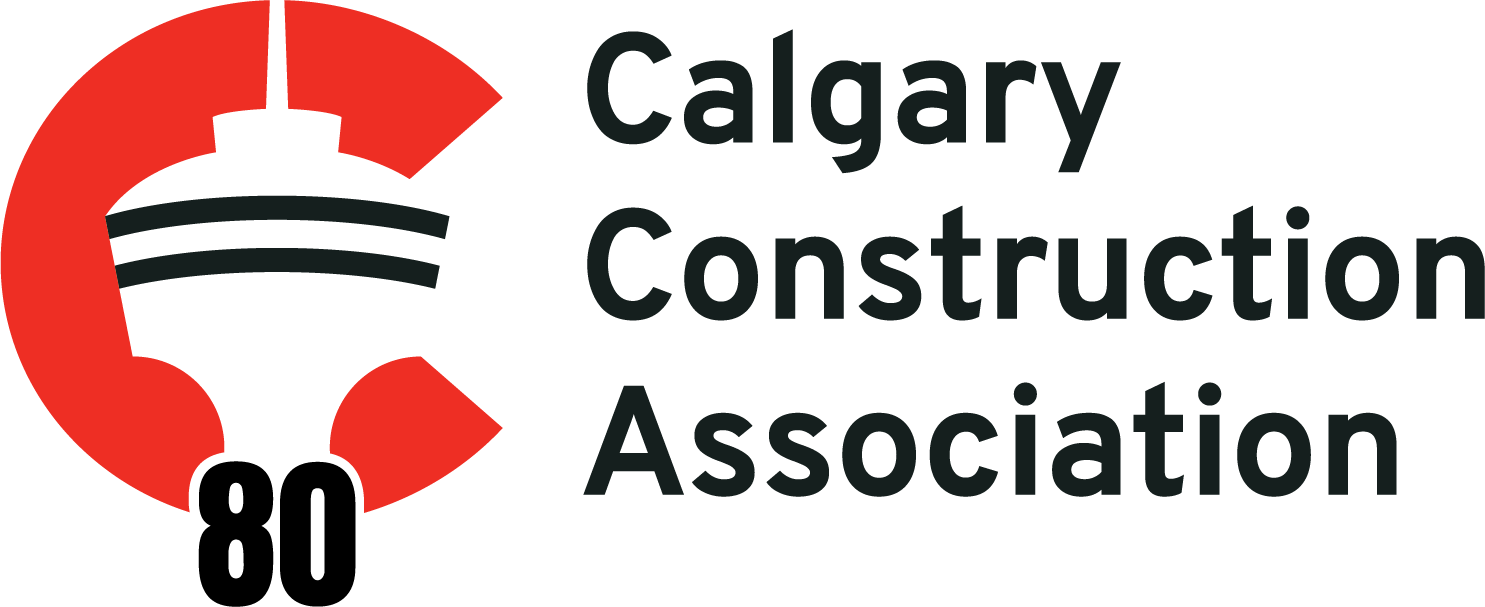Surety in 2020 and Beyond

Surety in 2020 and Beyond
Over the past five years, the construction industry in Alberta has become increasingly more competitive. Margins have decreased as the pool of competitors has increased. All the while, COVID-19 has compounded the situation for most contractors who are trying to keep their operations running and profitable.
With all of the uncertainty surrounding the ongoing COVID-19 pandemic in 2020, the construction industry has tried to maintain a sense of normalcy despite being faced with unexpected challenges. Some of these challenges include implementing new safety protocols, cancelled or delayed projects, as well as unexpected cost expenditure related to purchasing more PPE and implementing additional safety measures. Others have had to look to the Government for capital relief. Despite these challenges, the construction industry as a whole has shown the resilience it takes to keep moving forward to get the job done.
No one could have predicted the “New Normal” which 2020 as become, but the toll it has placed on contractors’ balance sheets across the country is causing concern. There is a lack of available cash for companies as they burn through savings to cover overheads to keep their business staffed and the bills paid.
With an already extremely competitive construction industry in Alberta, contractors are looking for ways to relieve themselves of financial constraints (i.e Letters of Credit) and open up sources of capital. One way of accomplishing this is through the use of Surety Bonds.
Surety Bonds are most frequently required in various public sector projects to properly manage taxpayers’ money used to finance construction work. Surety Bonds are also used in the private sector to assist owners with risk management and to satisfy lender’s requirements.
A Surety Bond is a three-party contract that is comprised of the Principal, the Surety and the Obligee. A Contract of Insurance is a two-party contract between the Insured and the Insurer.
Insurance premiums are set on the assumption that losses will occur, and therefore the premium is based on risk. On the other hand, Surety assumes no losses will occur and the premium is a “fee” for the extension of credit by the Surety to the contractor.
There must be an underlying obligation between the Principal and Obligee before a Surety can become involved. Therefore, the Surety’s obligation is always secondary to that of the Principal. This is unlike insurance where the obligation of the Insurer is primary.
Surety has a common law right of recovery from its Principal. The Surety has these rights through the indemnity given to it by the Principal. In an Insurance contract, there is no such automatic right between the Insurer and the Insured.
Cancellation provisions differ between a Surety Obligation and an Insurance Contract. Contract Surety obligations cannot be cancelled unless there is a default by the owner (obligee), which would invalidate the contract. Miscellaneous bonds require strict adherence to cancellation procedures and are often written to be in force until cancelled. Contracts of Insurance can be cancelled by the Insurer or the Insured.
A Surety Bond allows the contractor to place security on a project without tying up available cash or their bank line. Through the application process, the Surety Company evaluates the contractor with three factors, known as “the 3 C’s of Surety”: Capital, Character and Capacity. The Surety Company will analyze the construction company’s financial statements to determine how much bond support the contractor is entitled to. Bond support is determined through Working Capital, as it is a good representation of the company’s liquidity. Having access to cash provides a company with the ability to continue working through challenging situations such as bad debt, supply chain disruptions, project delays and declining gross profit margins . COVID-19 has increased the probability of these issues presenting themselves – even more so than before the pandemic.
A strong balance sheet will give the Surety company confidence that the contractor has the ability to be profitable and most importantly, retain that profit for growth to help manage ongoing projects.
Once a contractor has qualified for a Surety (Bond) Facility, they will have the ability to bid on bonded projects that fall within the contractor’s available Surety limits (single & aggregate). These limits are leveraged off of the available Working Capital and Equity that the contractor is reporting on their balance sheet. The single limit is determined from the largest completed project the contractor has done to date and the aggregate is determined from the total amount of work the contractor can handle at one time.
Capacity and Character are the underlying qualities that the contractor brings to the table that the Surety Company needs to understand. A contractor’s capacity can be highlighted through the following examples: type, size and number of jobs, ownership and key staff, pricing and bid record, scheduling and execution, own equipment (fleet), and historical working relationships with owners, consultants, subs and suppliers. The Surety will also review which controls and procedures are in place, project performance record, and area of operations are also looked at in regards to capacity. When the Surety Company is comfortable with the contractor’s ability to manage work, the Surety Company will likely continue to support the facility through difficult times.
Underwriting a contractor’s character is no easy task, however, the following examples are what Sureties are looking for: integrity, transparency, reputation, business record, trade payment record, contract disputes and litigation (frequency).
A knowledgeable Surety Broker will help cultivate the relationship between the Principal and the Surety Company. Providing communication and transparency will be an essential key to achieve trust and support for all parties involved. Surety Brokers work closely with the Underwriters reviewing construction projects and companies, assisting in the review of contracts and specifications relating to each project.
The future of the construction industry, similar to many other areas of business, is uncertain. This is especially concerning in the midst of these unprecedented times. However, despite this, Surety Bonds continue to be a critical key for preserving the prosperity of the construction industry and those who rely on contractors to build their visions for the future.
The ability to adapt is an asset that will allow the construction industry to prosper and continue leading the way as we rebuild and recover from these most unprecedented times.
Chris Lemme
Client Executive – Surety
BFL Canada Insurance Services Inc.
(403)-705-5365 direct




